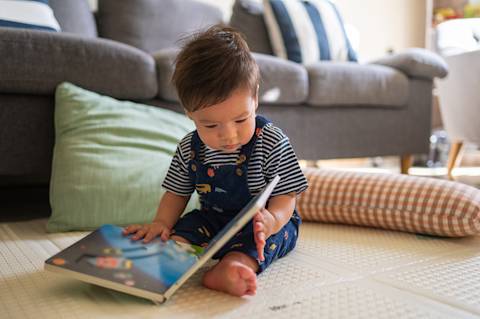“Baby shark, do do do do, baby shark do do do do, baby shark …”
Did you know simple songs like “Baby Shark” can help your child develop early math skills? Music has the ability to transform math education into an enjoyable and memorable experience, setting your child up for lifelong success.

Through music, children naturally explore patterns, rhythm, and melody, which are all connected with math concepts. By engaging with music, kids can develop positive associations with math and form a lifelong love of learning.
If you’re ready to embrace the power of music, here are some ideas for adding in a few fun math lessons next time you jam out with your child:
Clap and count: Encourage your child to clap along with the music while counting out loud. This helps them associate numbers with beats and rhythms. For example, have your child clap and count to four while listening to a song with a steady beat.
Sing counting songs: Teach your child songs that involve counting, like "The Ants Go Marching" or "One, Two, Buckle My Shoe." Sing along together and ask your child to count out the numbers in the song with you.
Use musical pattern games: Play simple pattern games by clapping or using rhythm sticks. Start with a basic pattern, like "clap, clap, pause, clap, clap, pause," and then ask your child to repeat the pattern. Gradually make the pattern more complex.
Dance with shapes: Dance to a song while making shapes with your body, like a line or circle. Encourage your child to copy your movements and talk about the shapes you're creating, such as circles, squares, or triangles. This helps them learn geometry and spatial awareness, or understand objects' positions, distances, and relationships in their surrounding environment.
Create your own music: Show your child how they can create their own rhythms by clapping their hands, stomping their feet, or tapping on a hard surface. You can encourage them to think about their rhythm by asking questions like, “Do you think you can clap faster? What would it sound like if you clapped slower?”
By incorporating music and movement activities into your child’s life, you can create an engaging and entertaining environment for teaching math skills, nurturing a love of learning, and setting the stage for future academic success.






